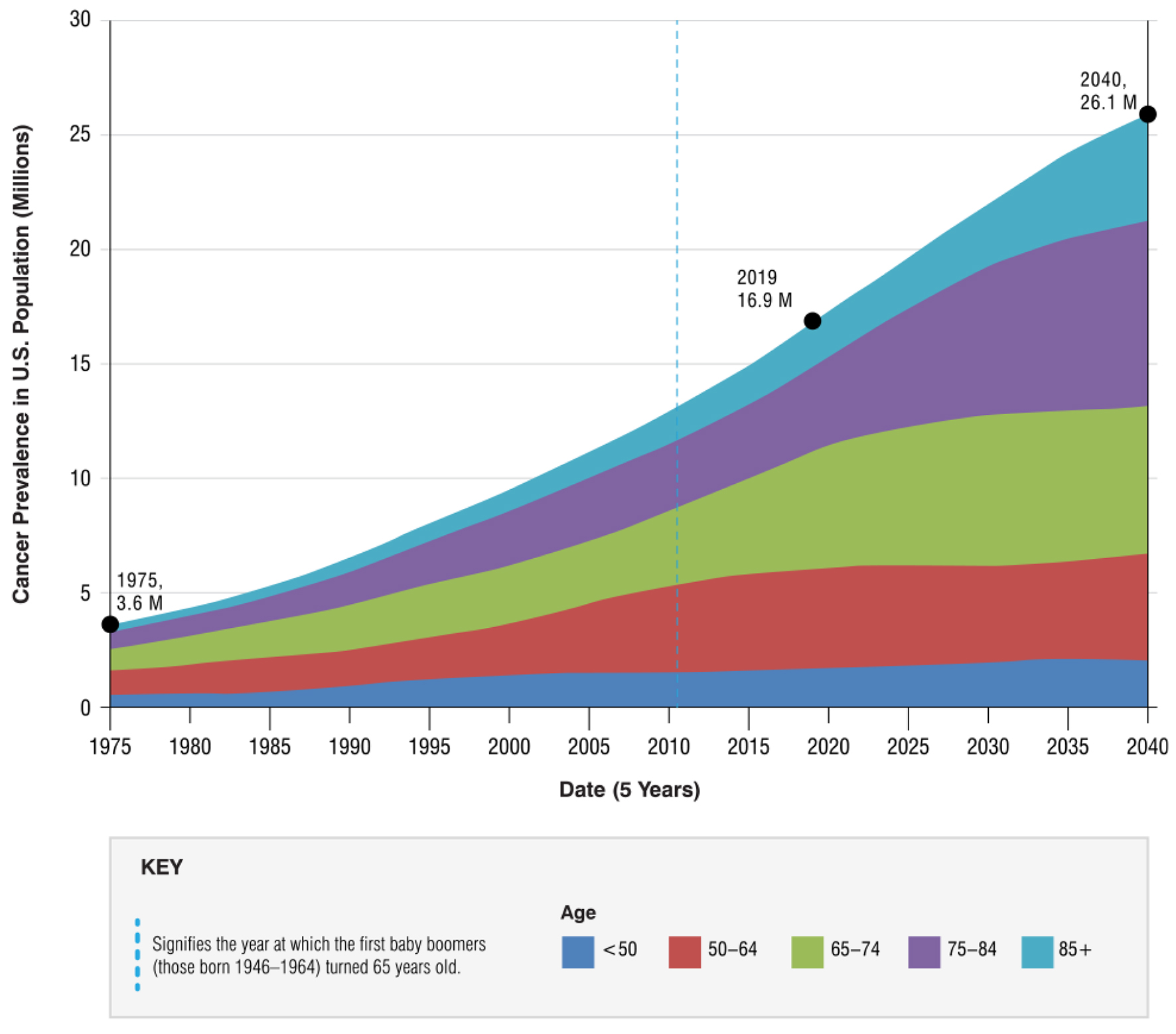
Figure 1. Cancer survivor projections in United States from 1975 to 2040 [2].
| World Journal of Oncology, ISSN 1920-4531 print, 1920-454X online, Open Access |
| Article copyright, the authors; Journal compilation copyright, World J Oncol and Elmer Press Inc |
| Journal website https://www.wjon.org |
Review
Volume 12, Number 2-3, June 2021, pages 45-49
An Update on Survivorship Issues in Lung Cancer Patients
Figure

Table
| Effect | Prevalence | Cause | Risk factors | Interventions |
|---|---|---|---|---|
| FEV1%: first second of forced expiration; NSAIDS: non-steroidal anti-inflammatory drugs. | ||||
| Fatigue [3, 5, 13] | 90% in some studies | Chemotherapy, immunotherapy, radiation | Decreased physical activity, cardiopulmonary dysfunction, pain, anemia, depression, anxiety, medicines, nutritional deficiencies, sleep disturbances | Non-pharmacological: sleep hygiene, individual counselling, stress management training, behavioral therapy; pharmacological: methylphenidate, selective serotonin reuptake inhibitor |
| Dyspnea [14-16] | 55-87% | Lobectomy/surgery, radiotherapy | Older age, being retired or unemployed, reduced preoperative FEV1%, reduced preoperative diffusing capacity, presence of pulmonary disease, any history of tobacco use | Non-pharmacological: oxygen therapy for patients with hypoxemia, nursing led interventions, cognitive behavioral therapy; pharmacological: opioids |
| Chronic pain [17, 18] | > 50% | Post-surgical pain: thoracotomy; cancer-related causes: pathological; fractures; chemotherapy-related causes: peripheral neuropathy | Inadequate pain control, younger age, lower level of education, depression | Requires multidisciplinary approach; non-pharmacological: acupuncture, guided imagery, massage, cognitive behavioral therapy; pharmacological: opioids, local anesthetics (trigger point injections), NSAIDS for musculoskeletal/inflammatory pain, gabapentin, tricyclic antidepressants, anticonvulsants for neuropathic pain |